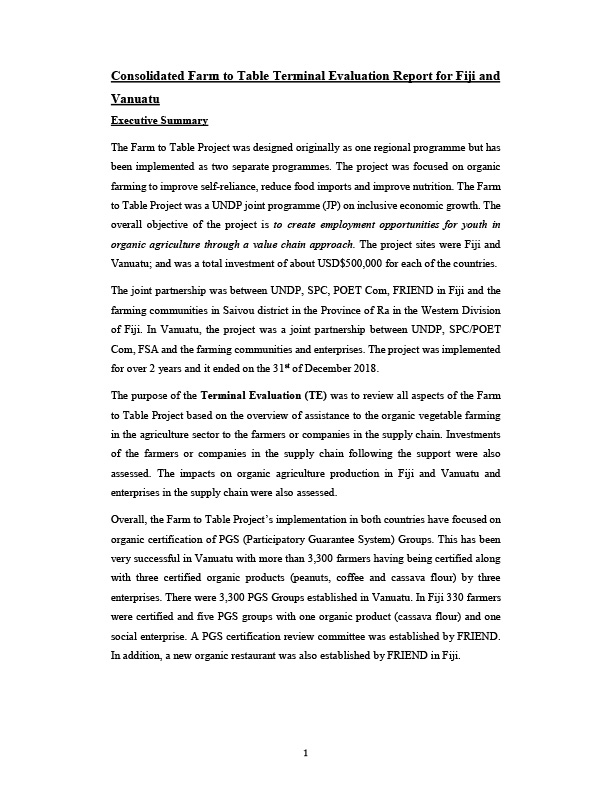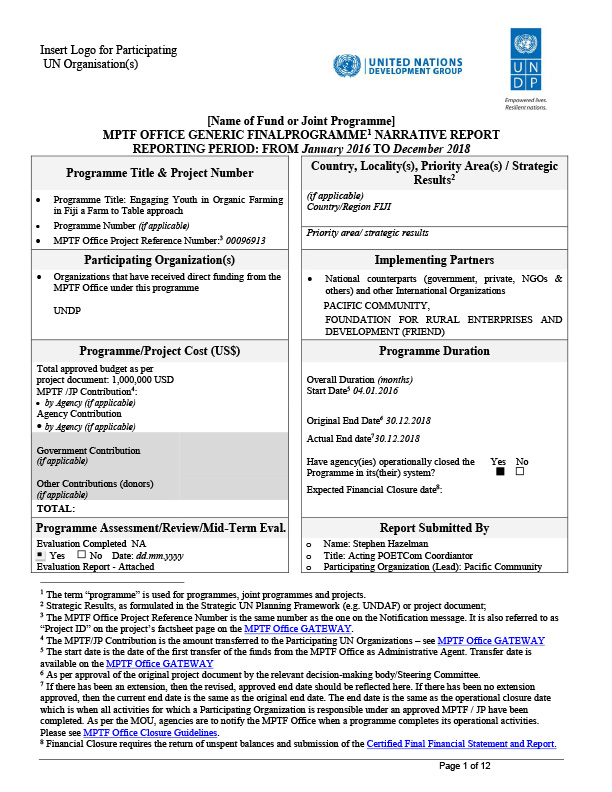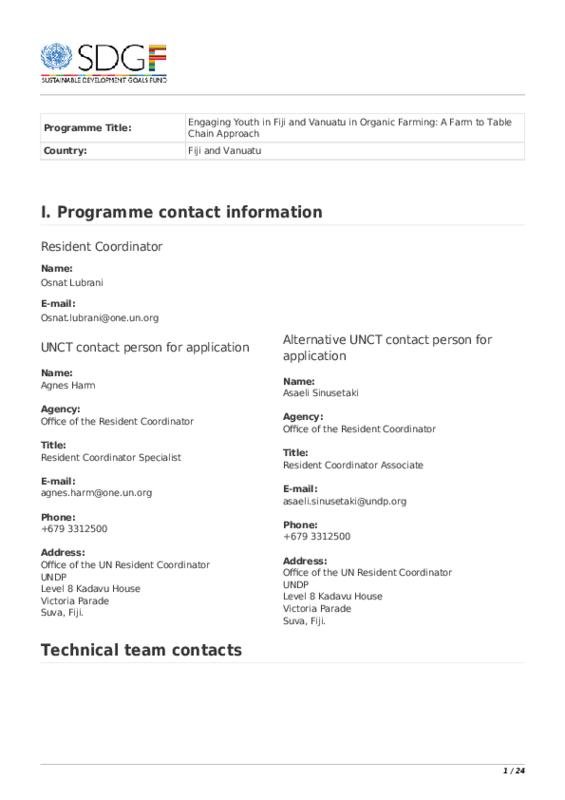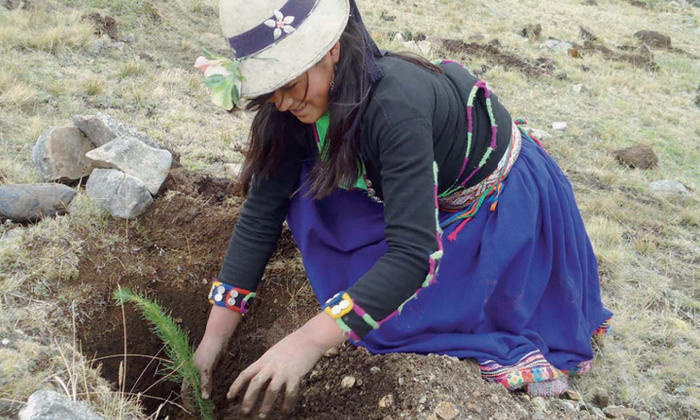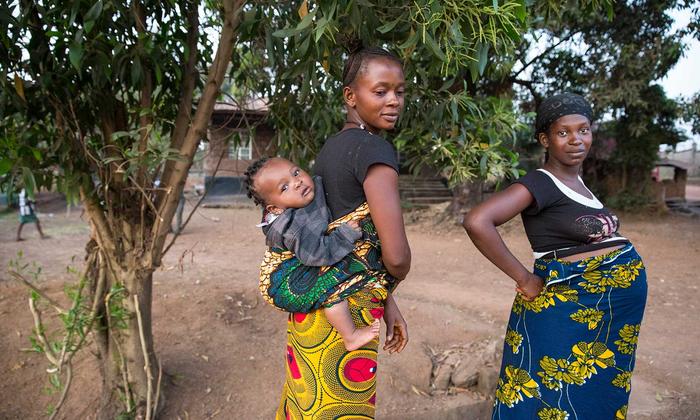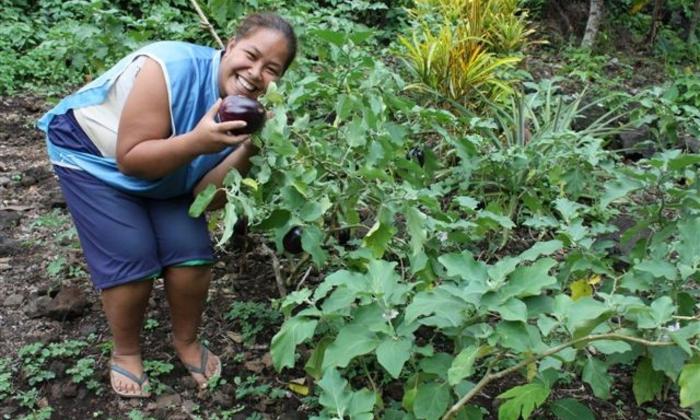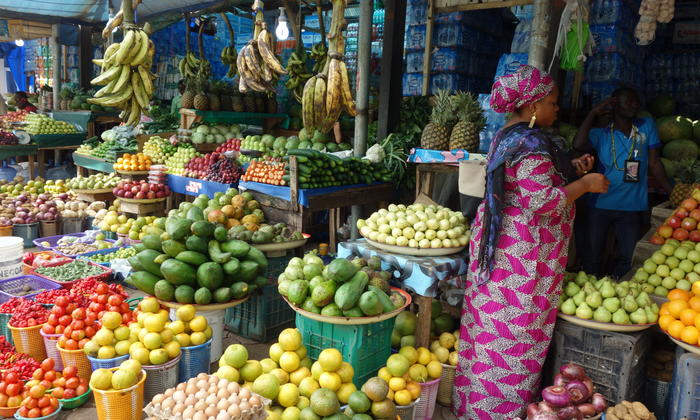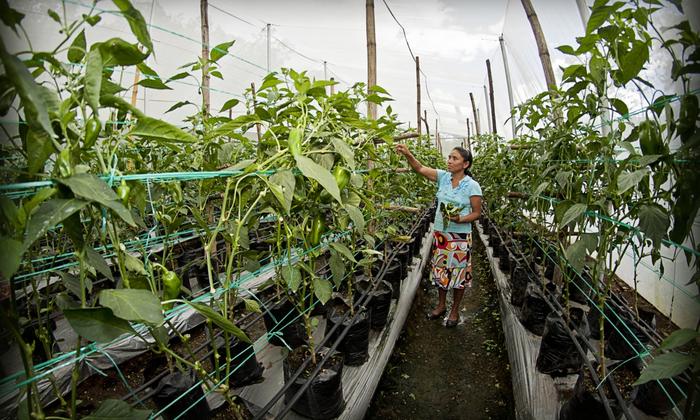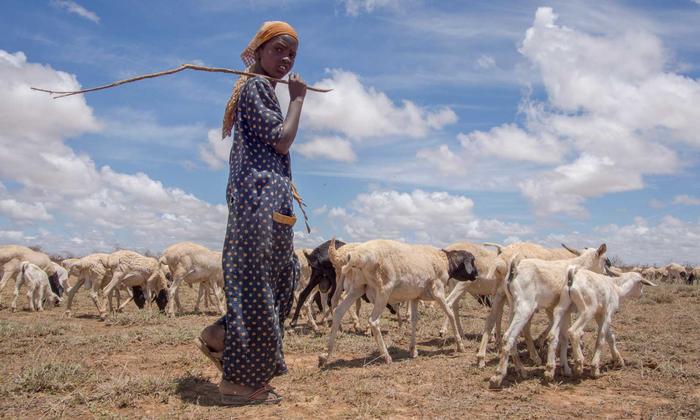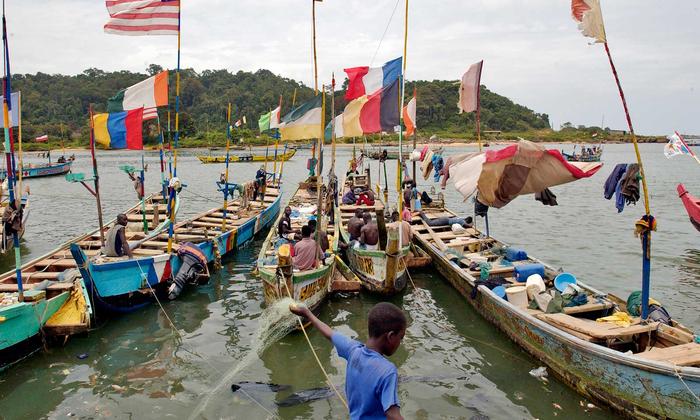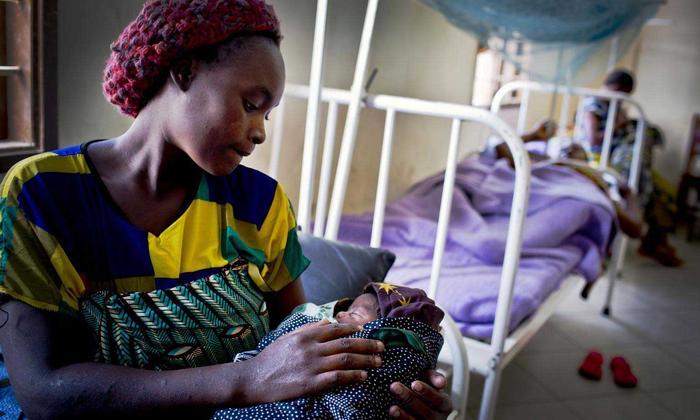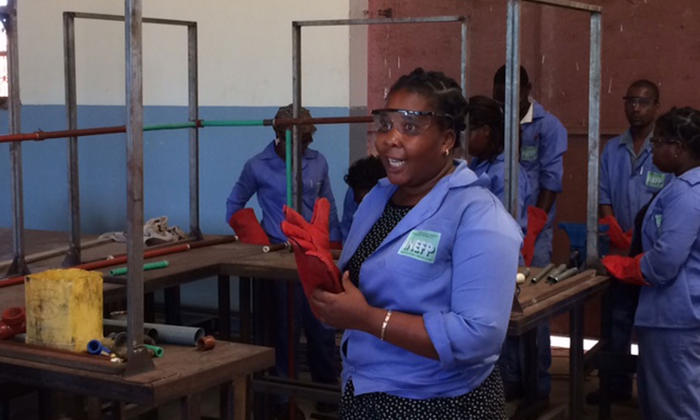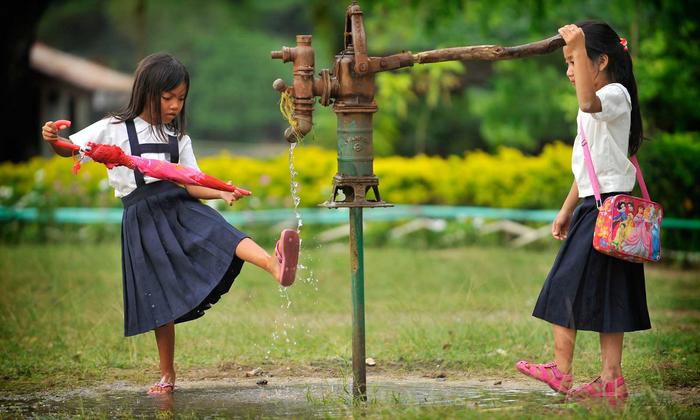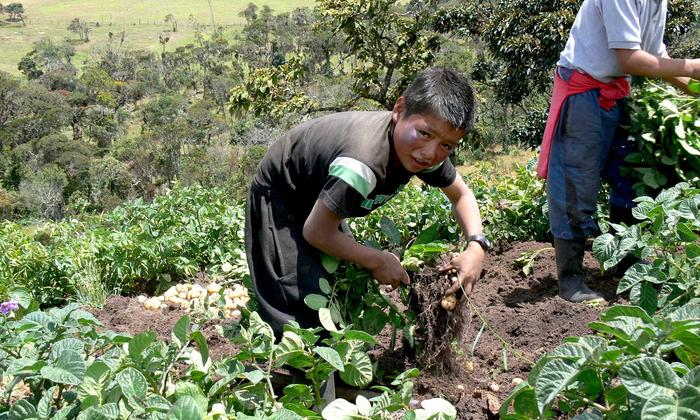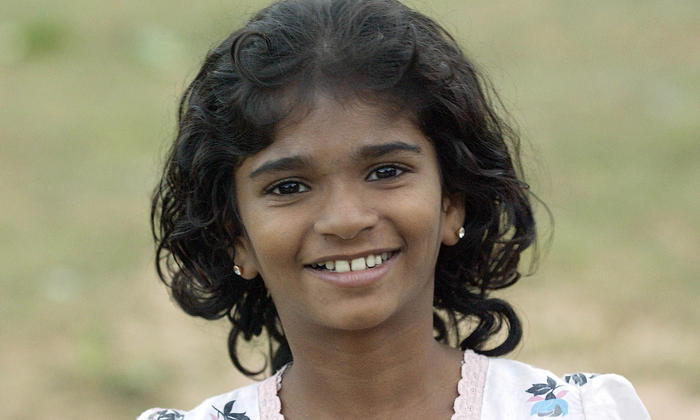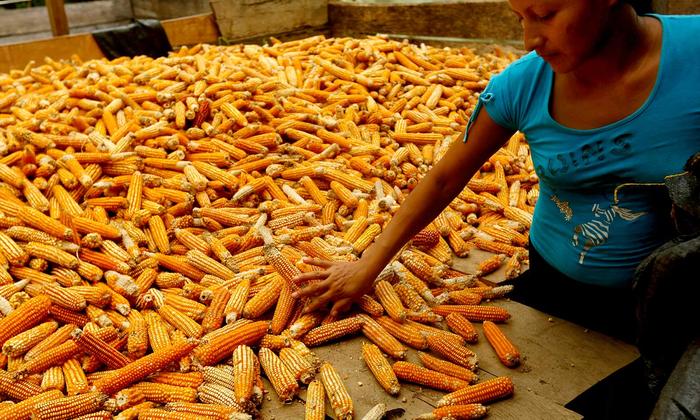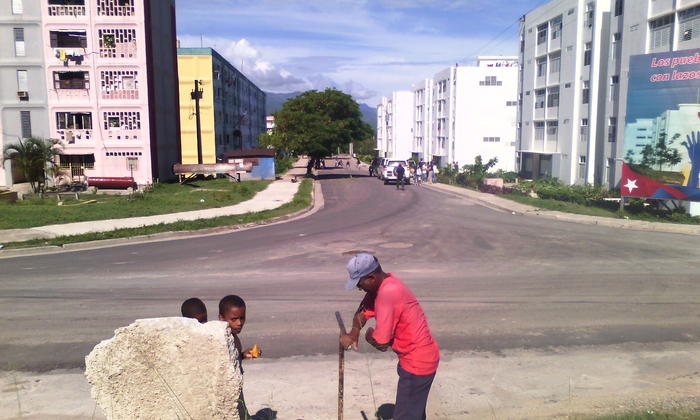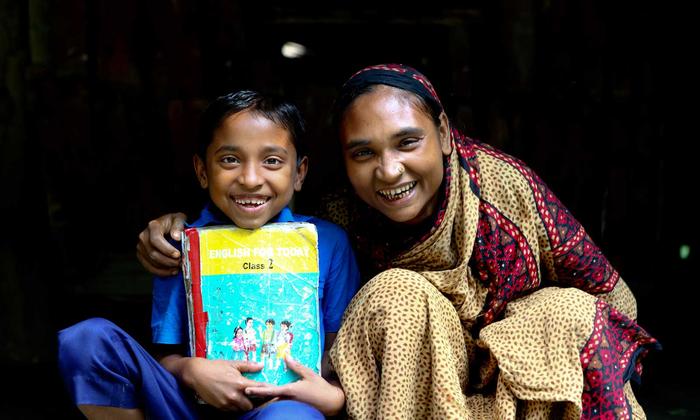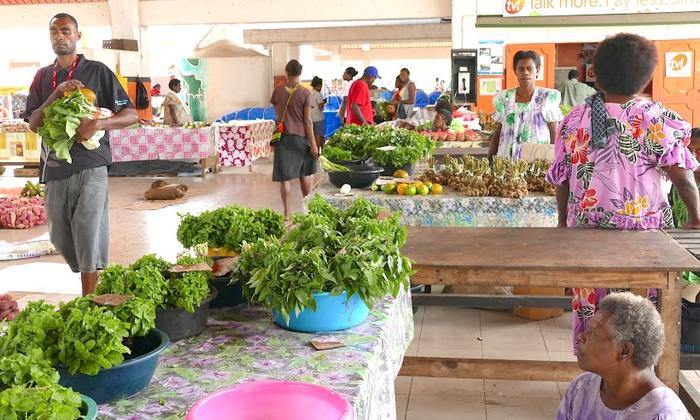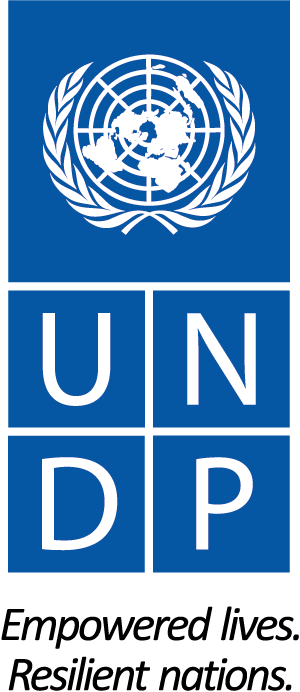A small island development state (SIDS), economic exclusion remains an issue in Fiji, where the incidence of poverty is high at 45%. Like other countries in the Pacific region, Fiji is also small in size, vulnerable to natural hazards and climate change and moreover faces challenges in terms of food security, but also high levels of unemployment particularly among young people due to slow economic growth.
The programme
This SDG Fund programme is led by UNDP, in partnership with IFAD. The goal is to assist young people, including vulnerable youths who have not completed their formal education and are more likely to be limited in terms of employment to casual and low-pay work.
The approach
The Joint Programme assists the Government of Fiji in its priority to tackle youth unemployment, and the negative impact of this on the social and economic development. The programme:
- Creates employment opportunities for youth in organic agriculture through a value chain approach utilizing public private partnerships within the key economic sectors of agriculture and tourism.
- Enables scaled-up engagement by youth in organic farming to be sustained on commercial viable basis through the development of a value-added processing facility that provides skills training, knowledge transfer and employment for youth.
- Strengthens the institutional capacity of the local organisations, including the Fiji National Youth Council to effectively meet the needs of youth seeking information and employment within the organic agricultural sector.
- Shares information and knowledge from across the Pacific region to facilitate synergies that will result in increased employment opportunities for youth within organic agriculture value chains.
Quick facts
Total programme budget: $2.54 million
% funded by SDG-F: 39%
UN agencies: UNDP and IFAD
National partners: Government ministries, POETCom, Fiji National Youth Council
Duration: 1 November 2015 to 30 April 2018
Key facts
17,000 new entrants joining the labour market each year of which 10,000 are new secondary school leavers
In 2012, youths not engaged in the labour force comprised of 44.3%, i.e 156,692 (total youth population of 353,444). 59.6% of unemployed youths were female
More than 40% of the unemployed youth had been unemployed for three years or longer

